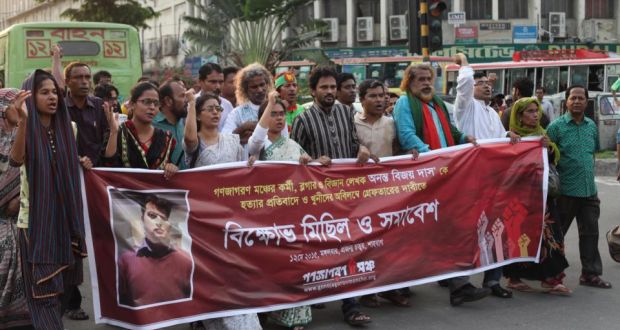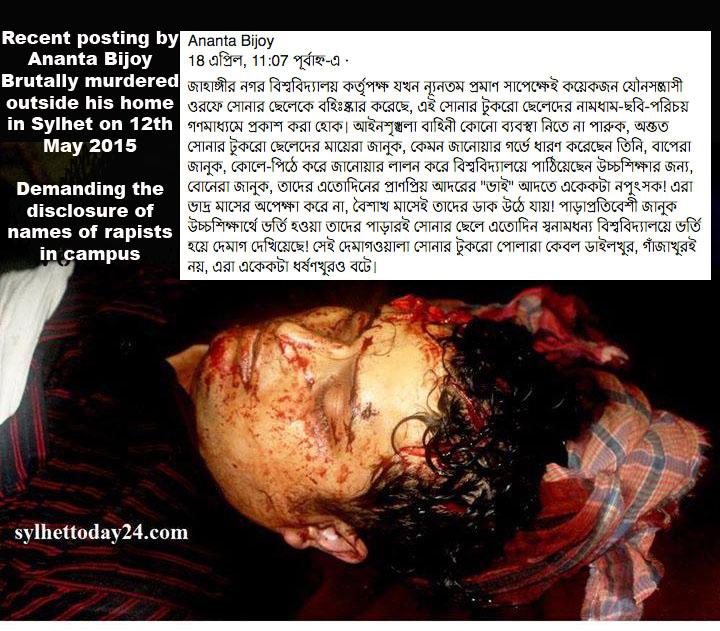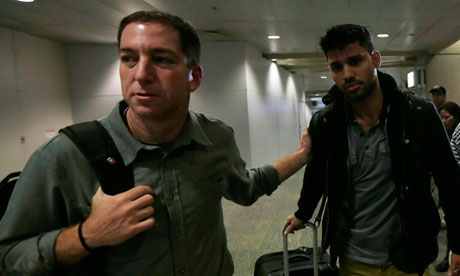Originally published in Deutsche Welle
?The government can?t protect people in their bedrooms? the prime minister angrily retorted when questioned about the brutal murder of a young couple, both journalists, in their own home. Three years later the police have not made any progress in their investigation. No charges have been brought. After the murder of the bloggers it seems, the government is unable to protect you in the streets, at a book fair or even on the doorstep of your own home.

Intolerance appears to be the order of the day in Bangladesh, impunity the general rule and denial the default? response. Since the government and the entire state machinery have been so occupied with arresting, killing and or arranging for the disappearance of opposition activists, any citizen not directly linked to the power structures is a potential target not only for the state machinery, but also for a host of racketeers, extortionists, fundamentalists or plain opportunists.? The judiciary no longer allows anyone to challenge the government even more worryingly the police are demanding that torture be made legal.
 ———————————————————————————————————-
———————————————————————————————————-






By Amy Goodman